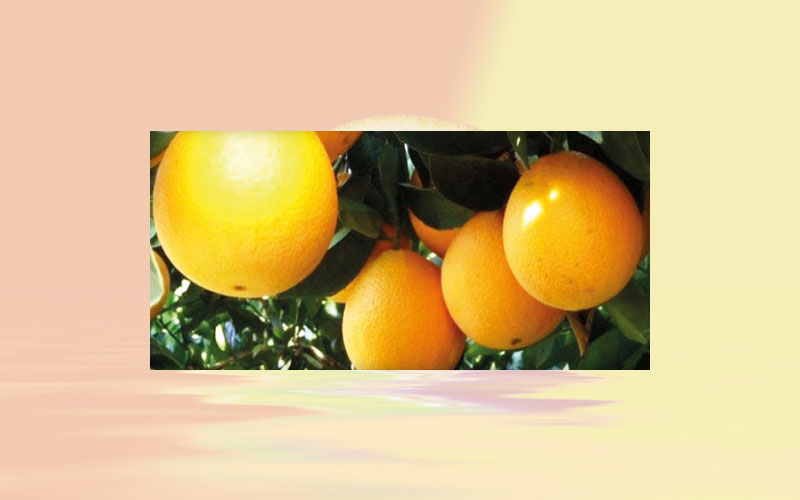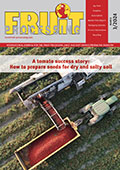Brazilian FCOJ: 2018/19 season ends with fading inventories, which should bounce back in 2019/20
In June 2019, the inventories of Frozen Concentrate Orange Juice (FCOJ) equivalent at Brazilian processing plants closed at 253.18 thousand tons, 26.2 % smaller than that in the 2017/18 season, according to data from CitrusBR.

In June 2019, the inventories of Frozen Concentrate Orange Juice (FCOJ) equivalent at Brazilian processing plants closed at 253.18 thousand tons, 26.2 % smaller than that in the 2017/18 season, according to data from CitrusBR (Brazilian Association of Citrus Exporters).
This volume is considered small in light of historic inventories – in recent years, inventories were only lower than that in 2010/11 and in 2016/17. The worse performance of Brazilian juice exports in 2018/19, therefore, prevented juice inventories at Brazilian processing plants from decreasing to critical levels.
CitrusBR should only release data about the ending stocks from 2019/20 and 2020/21 (June/20) next year. However, according to Cepea calculations, inventories should bounce back at the processing plants from São Paulo in 2020/21, due to the large 2019/20 crop in the citrus belt.
Considering initial inventories at 253.18 thousand tons in June/19, the demand in the in natura market, between 50 and 60 million orange boxes (the remaining production is allocated to crushing), and the increase in exports, to around 1.05 million tons, Cepea estimates inventories to be around 400 thousand tons by June/20, much higher than the current levels.
Although this scenario points to high inventories (the last four seasons ended with lower inventories), the effect on orange quotes in 2020/21 will depend on the volume to be produced next season. If production is average or high, the season tends to end with large volumes stocked again, which may constrain remuneration to growers as well as price rises for orange juice.
According to Fundecitrus (Citrus Defense Fund), the annual orange production in the Brazilian citrus belt has been oscillating between high and low. However, it is still early to forecast the 2020/21 season, since flowering is still beginning in some groves from SP – but, considering the long drought, flowerings may be favored.
With the higher juice supply in 2019/20, shipments may bounce back from 2018/19. The needs of European distributors may favor exports, but higher demand from the United States will still depend on Florida’s production.
BRAZILIAN MARKET – The high price levels for tahiti lime hampered new deals in the in natura market from SP in August. According to agents, supply was low, since, until the end of the month, the fruits still on tree had not reached the ideal size and maturation stage to be harvested.
Drier weather limited fruits growth, which should underpin tahiti lime prices in September. Between August 1 and 31, quotes averaged 30.03 BRL per 27-kilo box, harvested, 20.1 % up compared to that in July.
In the in natura market of pear oranges, the trading pace was slow and demand decreased in August. However, low supply underpinned prices. Thus, pear orange quotes averaged 18.26 BRL per 40.8-kilo box, on tree, in August, 1.1 % up compared to that in July.









